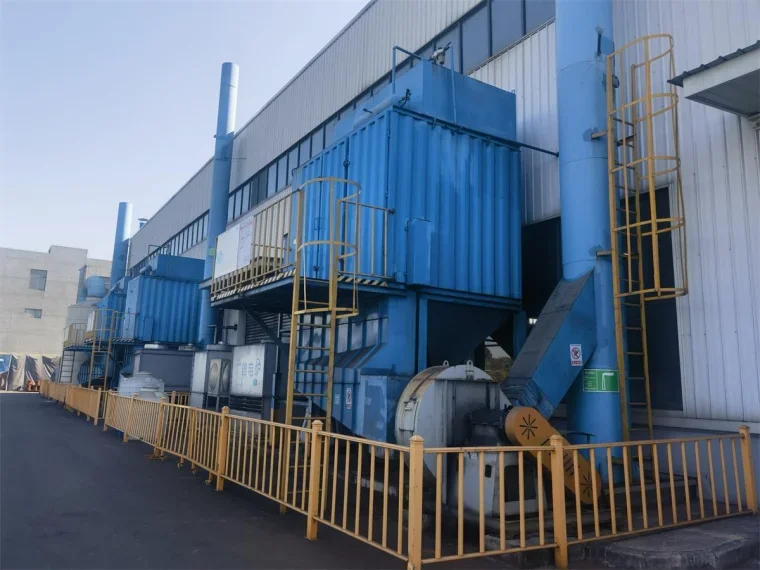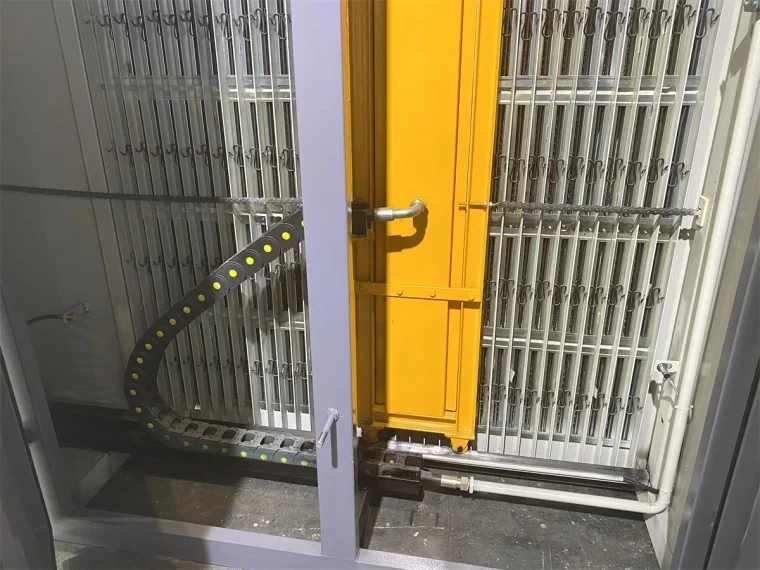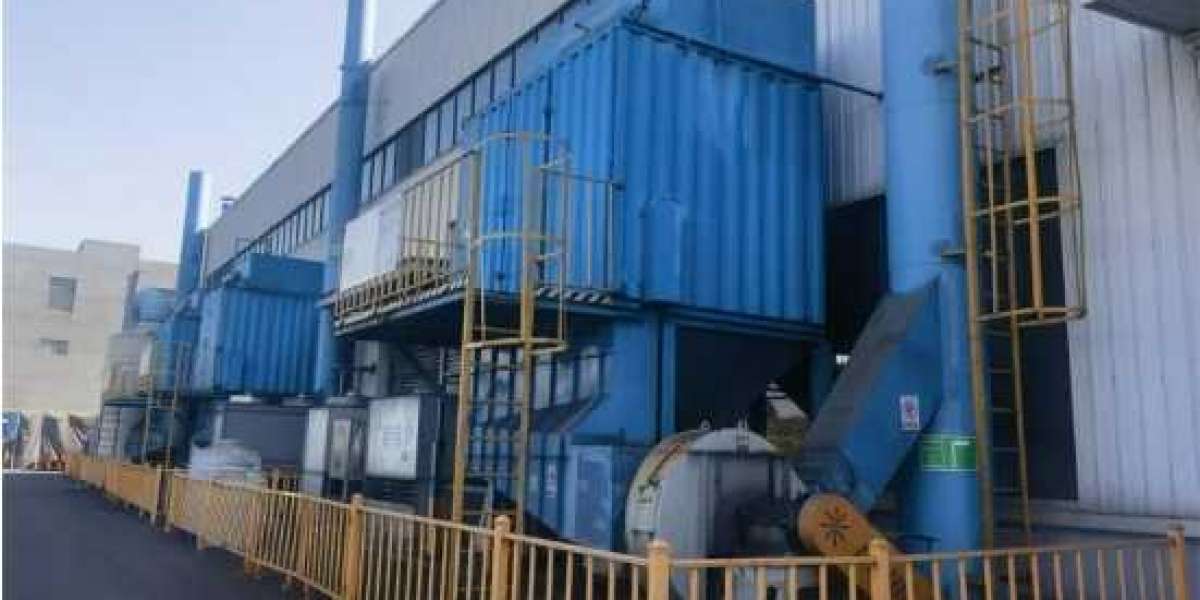Dust removal equipment, also known as dust collectors or dust extraction systems, play a vital role in maintaining clean and safe working environments in various industries. These devices are designed to capture and remove airborne dust particles, preventing them from contaminating the air and posing health risks to workers. In this comprehensive overview, we will explore the working principles of dust removal equipment, their components, and their importance in different industrial settings.
I. Introduction to Dust Removal Equipment
Dust removal equipment is a type of machinery used to control and eliminate airborne dust particles in industrial environments. It is commonly employed in industries such as manufacturing, woodworking, metalworking, pharmaceuticals, and mining, where dust generation is a frequent byproduct of production processes. Dust removal equipment is designed to capture and collect dust particles, preventing their release into the air and reducing the risk of respiratory issues, fire hazards, and equipment damage.

II. Importance of Dust Removal
1.Health and Safety
Airborne dust particles can pose severe health risks to workers if inhaled. Fine dust can penetrate deep into the lungs, causing respiratory problems, allergies, and even long-term lung diseases. By implementing effective dust removal systems, industries can safeguard their workers' health and create a safer working environment.
2.Fire and Explosion Prevention
Certain types of dust, such as combustible or explosive dust, can pose a significant fire and explosion hazard in the workplace. Dust removal equipment helps mitigate these risks by capturing and containing potentially flammable dust particles, preventing them from accumulating and igniting.
3.Equipment Protection
Dust can significantly impact the performance and lifespan of machinery and equipment. Accumulation of dust on sensitive components can cause overheating, clogging, and decreased efficiency. Dust removal equipment helps maintain equipment longevity by removing dust from the air before it settles on machinery or enters sensitive parts.
III. Components of Dust Removal Equipment
1.Inlet
The inlet is the entry point where dust-laden air enters the dust removal equipment. It is designed to direct the airflow and ensure efficient capture of dust particles. The size and shape of the inlet, as well as the velocity of the air, play a crucial role in the overall effectiveness of the dust removal system.
2.Dust Collection Chamber
The dust collection chamber is the main section of the dust removal equipment where dust particles are collected and separated from the airflow. It typically consists of a housing or container with filters, cyclones, or other separation mechanisms. As the air enters the chamber, the larger dust particles settle due to gravity or are filtered out, while the cleaner air is discharged through an outlet.
3.Filters
Filters are essential components of dust removal equipment, responsible for capturing and retaining dust particles. They come in various types, including fabric filters, cartridge filters, and HEPA (High-Efficiency Particulate Air) filters. The choice of filter depends on the specific application and the type and size of dust particles being handled.
4.Cyclones
Cyclones are another common component of dust removal equipment, particularly in larger-scale systems. Cyclones use centrifugal force to separate dust particles from the airflow. The incoming air is spun in a cyclonic motion, causing the heavier dust particles to be thrown against the walls of the cyclone and collected in a separate chamber, while the cleaned air continues its path.
5.Cleaning Mechanism
Over time, dust particles accumulate on the filters or cyclones, reducing their efficiency and restricting airflow. To maintain optimal performance, dust removal equipment incorporates a cleaning mechanism to remove the accumulated dust. Common cleaning methods include shaking or vibrating the filters, using compressed air pulses, or employing mechanical mechanisms such as rotating arms or brushes.
6.Exhaust System
The exhaust system is responsible for releasing clean air back into the environment after dust particles have been removed. It typically consists of an outlet or ducting to direct the clean air away from the dust removal equipment. In some cases, additional filtration or treatment may be required to meet specific environmental regulations or industry standards.

IV. Working Principles of Dust Removal Equipment
1.Filtration
One of the primary working principles of dust removal equipment is filtration. As dust-laden air enters the equipment, the filters or cyclones trap the dust particles while allowing clean air to pass through. The filters' or cyclones' design and material are chosen to effectively capture and retain dust particles of various sizes.
2.Dust Separation
Dust removal equipment often employs techniques to separate dust particles from the airflow, enhancing their collection efficiency. This separation can be achieved through mechanisms such as cyclonic action, gravity settling, or centrifugal force. These methods allow larger particles to settle or be redirected towards the collection chamber, while cleaner air is directed towards the exhaust system.
3.Cleaning Cycle
As dust particles accumulate on the filters or cyclones, the cleaning cycle of the dust removal equipment is initiated. This cycle can be time-based or triggered by specific pressure differentials within the system. The cleaning mechanism, such as shaking, vibrating, or usingcompressed air pulses, is activated to dislodge and remove the accumulated dust, ensuring optimal airflow and filtration efficiency.
4.Disposal of Collected Dust
Once the dust particles have been separated and collected, they need to be properly disposed of or recycled. Depending on the type of dust collected, appropriate measures must be taken to ensure safe handling and disposal, adhering to local regulations and environmental standards.

V. Conclusion
Dust removal equipment plays a vital role in maintaining a clean and safe working environment in various industries. By effectively capturing and removing airborne dust particles, these devices protect workers' health, prevent fire and explosion hazards, and safeguard equipment performance. Understanding the working principles and components of dust removal equipment allows industries to choose the most suitable systems for their specific needs, ensuring optimal dust control and workplace safety. With the continuous advancements in dust removal technology, these devices are becoming increasingly efficient and reliable, contributing to improved occupational health and industrial hygiene standards.
Jingzhaoyang Machinery focuses on furan resin sand treatment, modeling, alkaline phenolic resin sand treatment, modeling, ester hardening water glass sand treatment, modeling, environmental protection dust removal equipment process design, complete sets of equipment research and development, manufacturing, project contracting and related technical services.
Welcome to inquiry if you need to know more about Dust Removal Equipment details or order wholesale.
E-mail:E-zyfm2000@163.com







